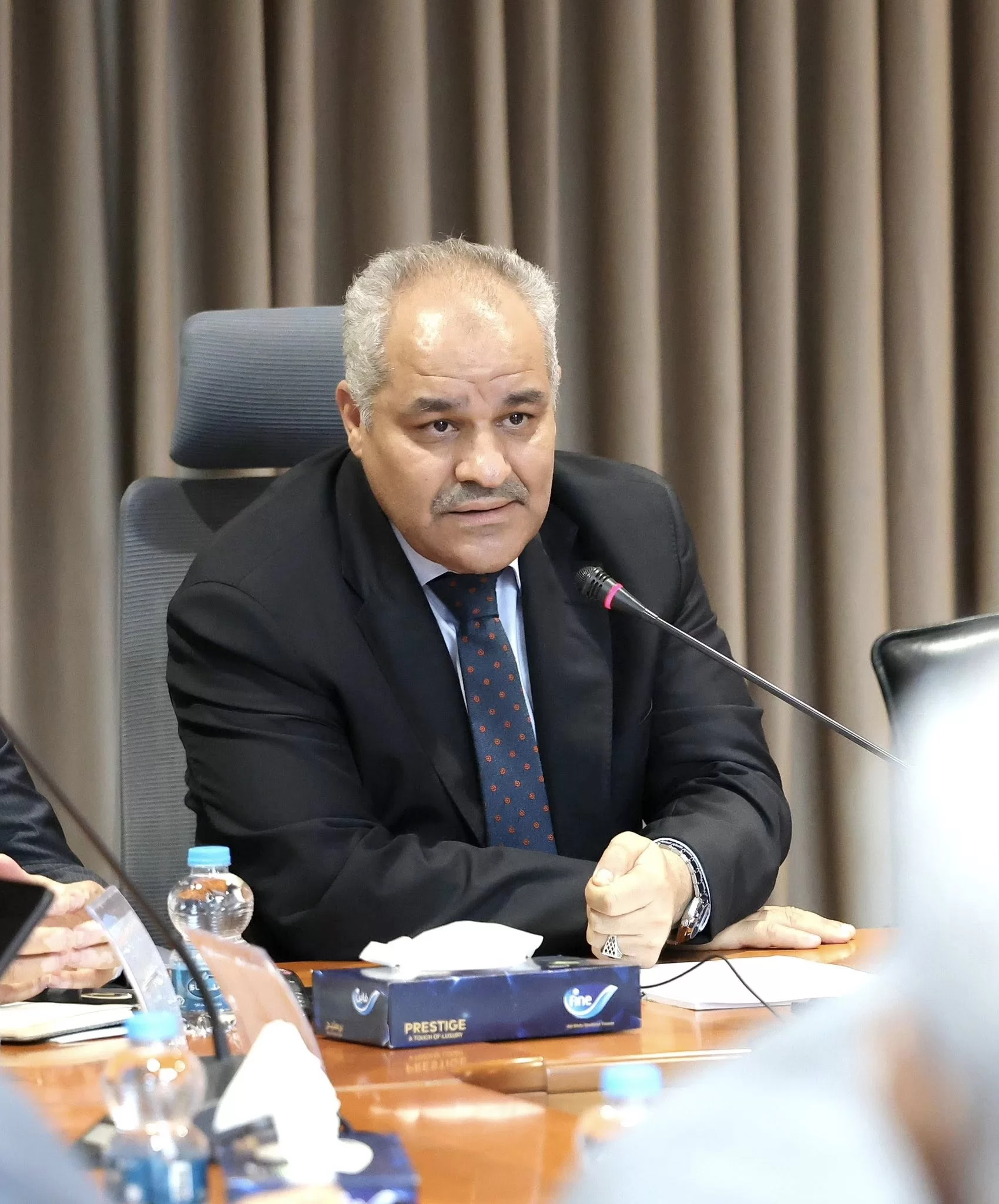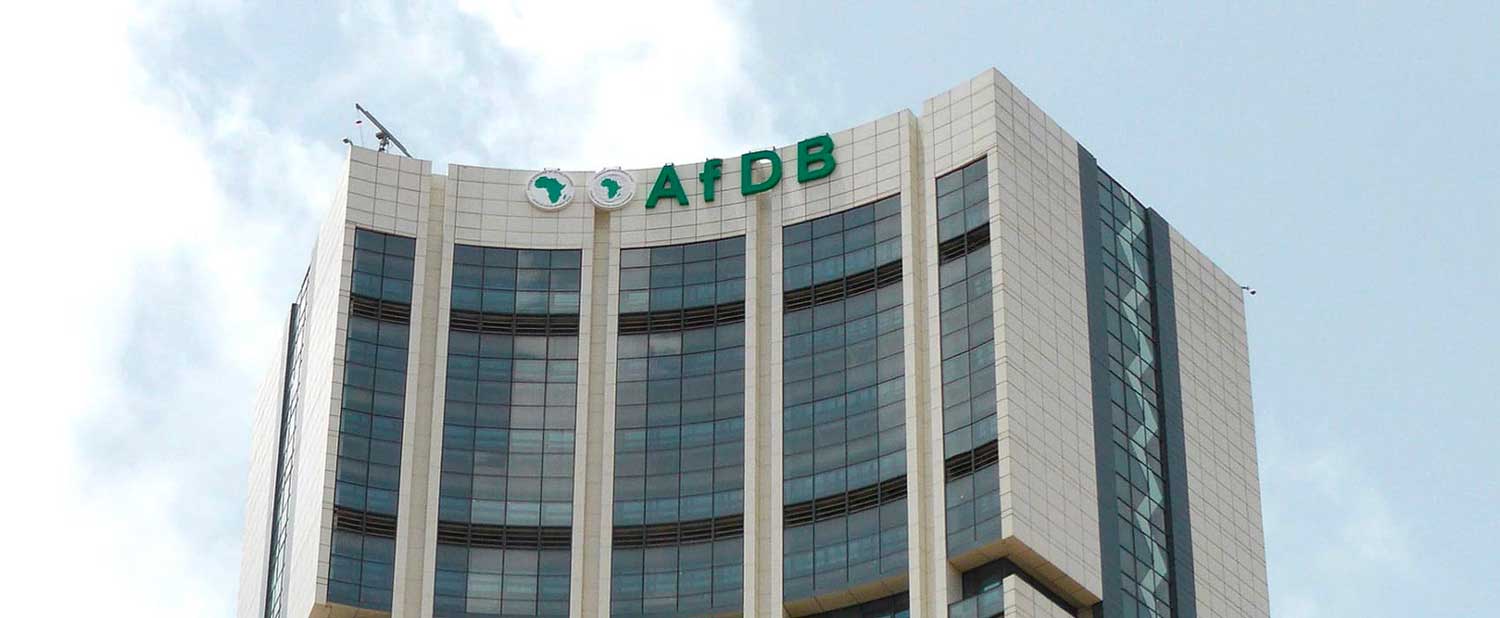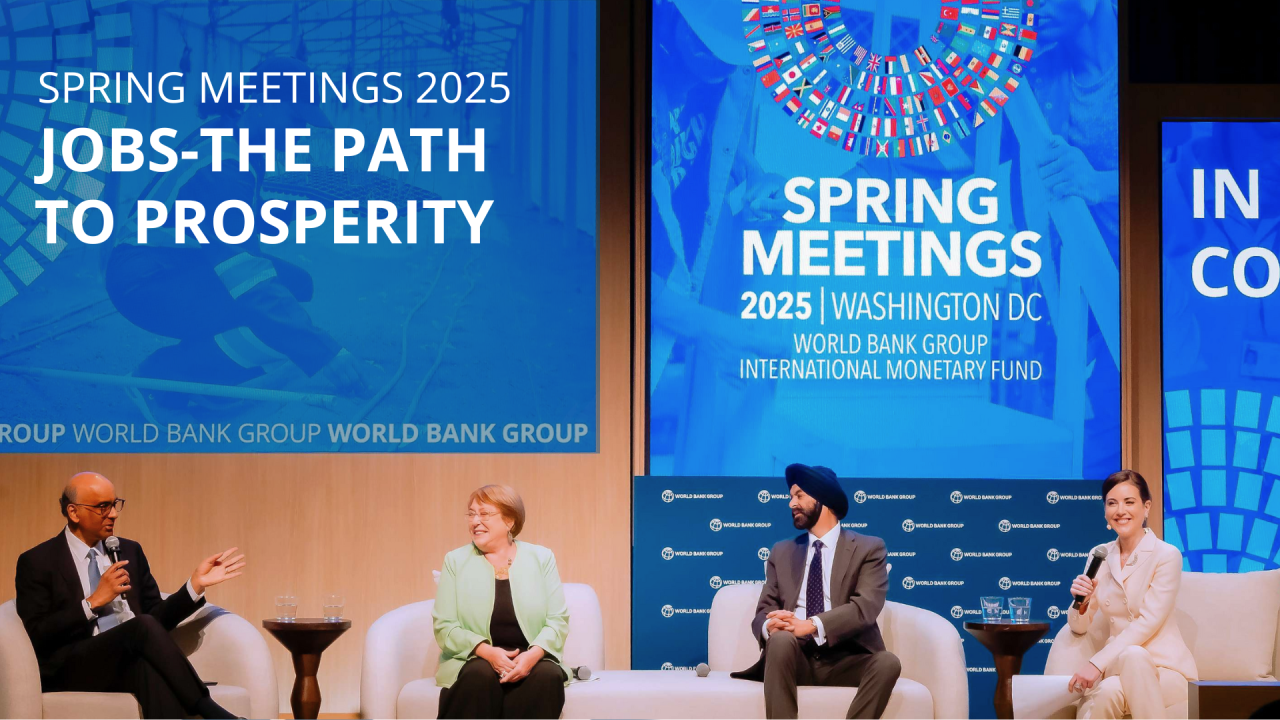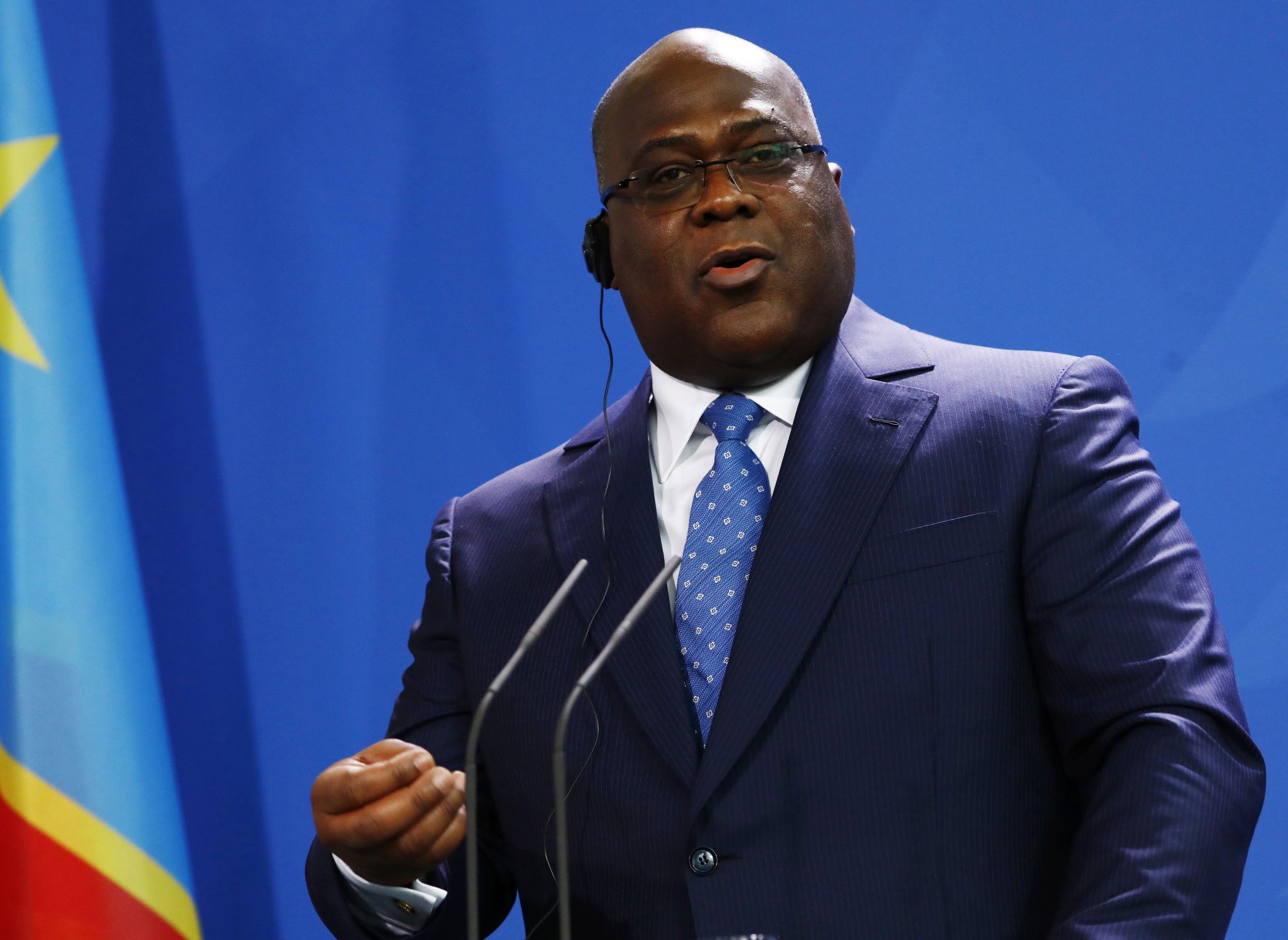CBL Reconnects With Global Banks For Normalization
Libya’s CBL meets U.S. firms to restore FX access; BZ=F steady near USD 85 as LYD stability, reserve transparency, and oil-linked liquidity drive a cautious path toward full monetary reintegration.

Libya’s central bank is re-engaging with international finance through high-level meetings in Washington, signaling a shift from fragmented domestic management toward structured monetary normalization. Governor Saddek El Kaber’s October 2025 consultations with U.S. financial and corporate leaders coincided with the IMF and World Bank Annual Meetings, situating Libya’s policy dialogue within the global economic calendar for the first time in nearly a decade. The discussions focused on rebuilding correspondent banking, digital payment infrastructure, and anti-money-laundering compliance — prerequisites for restoring convertibility and reducing financial isolation.
Macroeconomic indicators define the urgency of this re-engagement. Libya’s nominal GDP is estimated at USD 49.3 billion in 2025, based on IMF World Economic Outlook data, while oil remains the fiscal backbone, contributing more than 90% of public revenue and roughly 98% of exports. The Central Bank of Libya (CBL) holds gross foreign reserves of about USD 72 billion as of Q3 2025, sufficient to cover 36 months of imports, but liquidity fragmentation between Tripoli and Benghazi has constrained policy transmission. Inflation stands near 8.2% year-on-year, driven by supply bottlenecks and currency-market segmentation. The dinar (LYD) trades officially around 4.8 per USD, with an informal premium of 13–15% as of September 2025 — a gap the CBL hopes to close by expanding FX access and tightening monetary coordination.
The meetings in Washington form part of a broader fiscal-monetary synchronisation effort tied to Libya’s oil expansion plan, which targets production of 1.6 million barrels per day by end-2026. With Brent (BZ=F) averaging USD 85 per barrel, crude exports are projected to yield between USD 35 and 38 billion annually, equivalent to roughly 70–75% of GDP.
The central bank’s priority is ensuring these inflows are channelled through the unified banking system rather than regional intermediaries. Predictable FX allocation would stabilise imports, shorten settlement times for letters of credit, and rebuild confidence in Libya’s payment reliability. A reduction in the parallel-market spread to below 5% by late 2026 is the central bank’s implicit benchmark for success.
The monetary strategy also carries implications for debt sustainability and investor sentiment. Libya’s public debt-to-GDP ratio remains low, near 21%, but limited sovereign issuance and institutional opacity have left the credit curve thin and illiquid. Establishing reliable external settlement links could enable the eventual re-entry of Libyan paper into regional bond indices. For commercial banks, restored correspondent lines with Western institutions would improve dollar liquidity, reduce transaction costs, and revive trade finance. The CBL’s move to modernise compliance frameworks and harmonise reporting with international standards aligns with expectations set by the Financial Action Task Force and U.S. regulators — a necessary step before cross-border lines can reopen.
Regionally, Libya’s outreach mirrors a broader North African recalibration of external policy. Algeria and Egypt have both deepened engagement with multilateral lenders to strengthen reserves and stabilise currencies amid volatile energy prices. Libya’s comparative advantage lies in its strong reserve base and low debt, allowing it to pursue currency stabilisation without heavy external borrowing.
If policy coordination between the CBL, Ministry of Finance, and National Oil Corporation remains coherent, Libya could re-establish a reliable financial channel to support reconstruction and energy-sector reinvestment. The spillover into regional liquidity could be material: stable Libyan oil receipts provide anchor flows to Mediterranean FX markets and support balance-of-payments stability for nearby trading partners.
The next 12–18 months will determine whether the central bank’s diplomacy yields operational change. Progress can be measured through three quantifiable indicators: a consistent reduction of the parallel-market premium to under 5%, at least two restored correspondent banking lines with major U.S. or European institutions by mid-2026, and regular public disclosure of consolidated reserve and fiscal-transfer data.
Meeting these thresholds would signal that Libya has moved from isolation toward credible integration within the global financial system. If momentum stalls, structural duality and governance risk will continue to cap investor confidence despite the country’s abundant liquidity and energy wealth.





